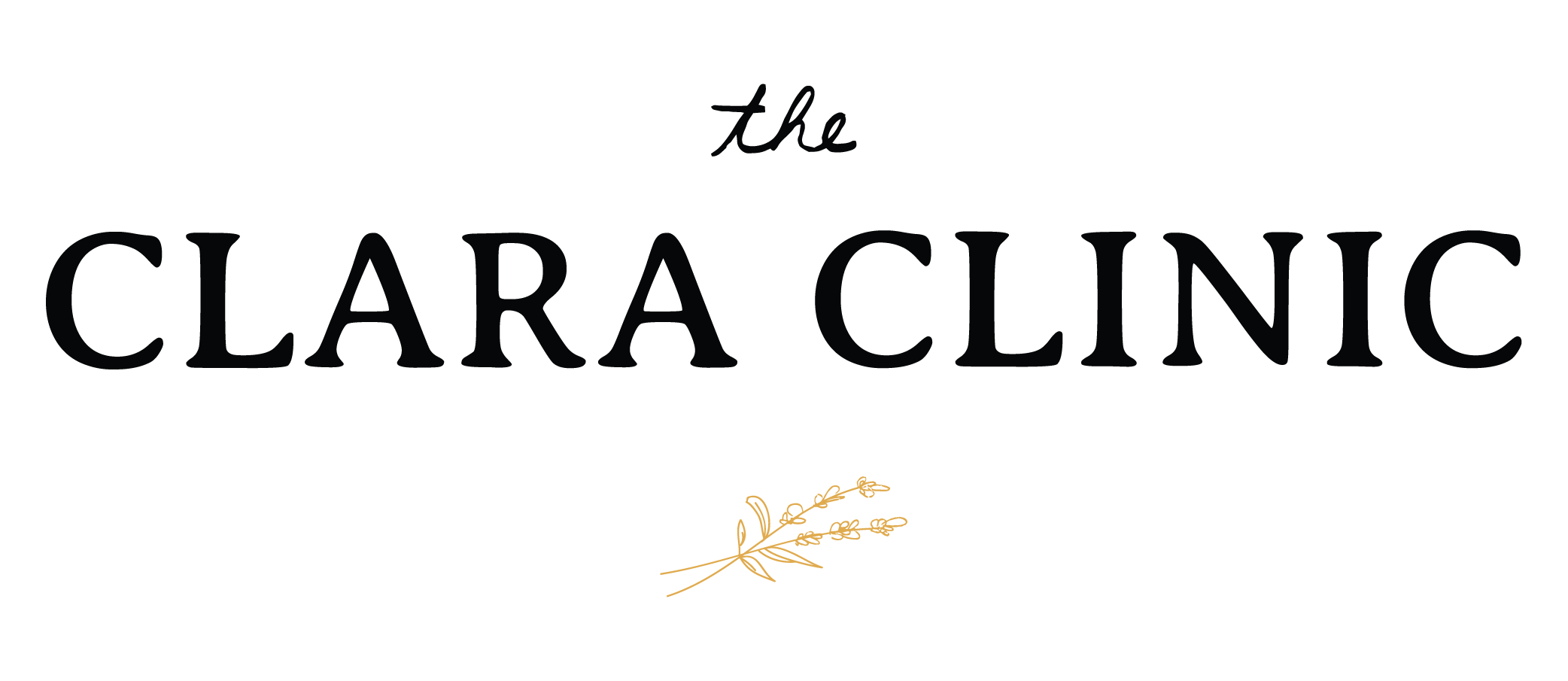Why Ultrasound Alone Cannot Diagnose PCOS
Have you been told that you have polycystic ovarian syndrome (PCOS) after finding polycystic ovaries on an ultrasound? It is possible, and common even, to have polycystic ovaries on ultrasound and not have PCOS. Alternatively, it’s possible to have PCOS and not have polycystic ovaries on an ultrasound!
Using ultrasound as the sole way to diagnose or rule out PCOS can therefore lead to both over-diagnosing and under-diagnosing of this condition. Let’s talk about the important difference between polycystic ovaries and PCOS, and what is needed for a proper diagnosis to clear up this common misconception.
What are Polycystic Ovaries?
Polycystic ovaries can be seen through an ultrasound exam and are defined as the "presence of 12 or more follicles in each ovary measuring 2-9 mm in diameter, and/or increased ovarian volume (>10 ml)”. In more basic terms, a finding of polycystic ovaries means there are many more small cysts/follicles seen than expected leading the ovary to be larger and bulkier in appearance.
Despite being called cysts, polycystic ovaries are referring to the appearance of many small follicles. Follicles are small fluid-filled sacs that contain an egg. It is normal to see a few follicles throughout the ovaries on ultrasound at any time. Follicles are recruited with hormone changes throughout the menstrual cycle, they develop and eventually one follicle grows larger than the rest and is ovulated. When an ultrasound finds polycystic ovaries, this means that there are more of these follicles present at the same time than excepted.
What Can Cause Polycystic Ovaries?
Of course, those with PCOS can and do have polycystic ovaries on ultrasound in some (but not all!) cases. However, several other reasons and conditions can lead to polycystic ovaries on ultrasound that are not PCOS.
Women in their teenage years tend to have more follicles on ultrasound since they have more eggs and the finding of polycystic ovaries on ultrasound can be normal in this developmental stage. Women who have lost their cycle due to a condition called Hypothalamic Amenorrhea (HA) also can have polycystic ovaries on ultrasound. HA can look quite like PCOS and is commonly misdiagnosed as such. HA is a result of undereating, over-exercising, or intense stress so the treatment of and therefore proper diagnosis is critical.
Polycystic ovaries can also be a normal finding not indicating any underlying hormonal condition. It's estimated that 25-33% of women of reproductive age have polycystic ovaries on ultrasound while in contrast, PCOS is estimated to impact 6-12% of the population.
How Is PCOS Properly Diagnosed?
Polycystic ovarian syndrome (PCOS) requires a combination of signs and symptoms for a formal diagnosis. Patients need to have at least 2 of the 3 Rotterdam criteria listed below for a diagnosis:
Polycystic ovaries on ultrasound
Clinical symptoms (acne, hair loss, abnormal hair growth) or labs indicating high androgen hormone levels (testosterone, DHEAS, androstenedione)
Irregular cycles (cycles longer than 35 days, or shorter than 21 days)
As you can see, if you have diagnostic criteria 2 and 3 but do not have polycystic ovaries this is considered PCOS. And again, having just polycystic ovaries without one of the other two criteria is not considered PCOS.
Some experts in the field of PCOS are now calling for removing the ultrasound as part of the diagnostic criteria because of all the misdiagnosis that is occurring. The more we learn about PCOS the more that points to the second criterion of high androgens being the most important part of a PCOS diagnosis.
What About Other Types of Cysts?
On a final note, several other types of cysts can be found on an ultrasound that are not related to PCOS and isn't considered polycystic ovaries. There are normal functional cysts, hemorrhagic cysts, endometriomas, and dermoid cysts to name a few.
These cysts are either normal findings or could indicate other hormonal issues. If it’s not clear based on your ultrasound what type of cysts are seen, ask your practitioner to explain in more detail as this is critical to get a proper diagnosis!
Looking For More Support?
Naturopathic medicine has many tools that can support you along your hormonal health & PCOS journey. You can read more about our approach to PCOS here, and reach out to the clinic if you have any questions!
References:
1. Rotterdam ESHRE/ASRM-Sponsored PCOS Consensus Workshop Group. Revised 2003 consensus on diagnostic criteria and long-term health risks related to polycystic ovary syndrome. Fertil Steril. 2004;81(1):19–25
2. French, L., 2022. Ultrasound Alone Does Not Diagnose PCOS. American Family Physician, [online] 69(4), p.941. Available at: <https://www.aafp.org/pubs/afp/issues/2004/0215/p941.html#:~:text=Hassan%20MA%2C%20Killick%20SR.,%3B80%3A966%2D75.> [Accessed 28 August 2022].
3. CDC. 2020. PCOS (Polycystic Ovary Syndrome) and Diabetes. [online] Available at: <https://www.cdc.gov/diabetes/basics/pcos.html#:~:text=What%20is%20PCOS%3F,beyond%20the%20child%2Dbearing%20years.> [Accessed 29 August 2022].


